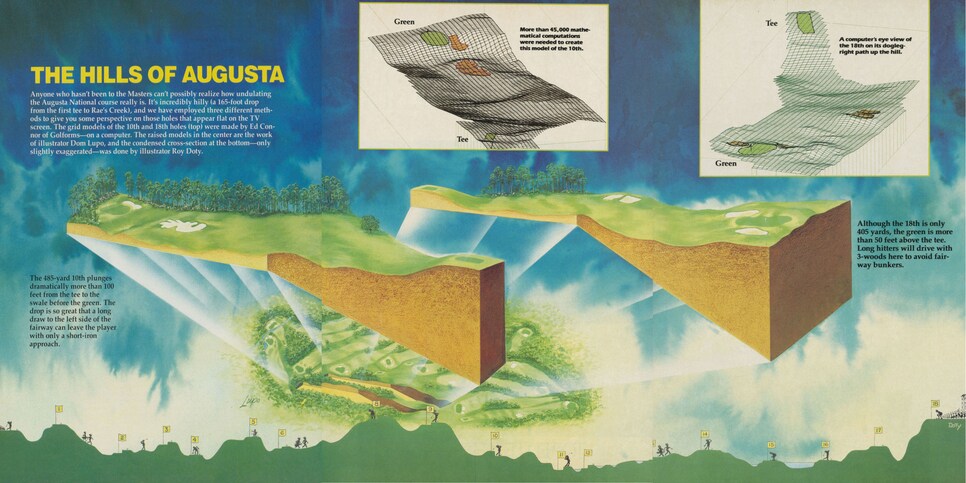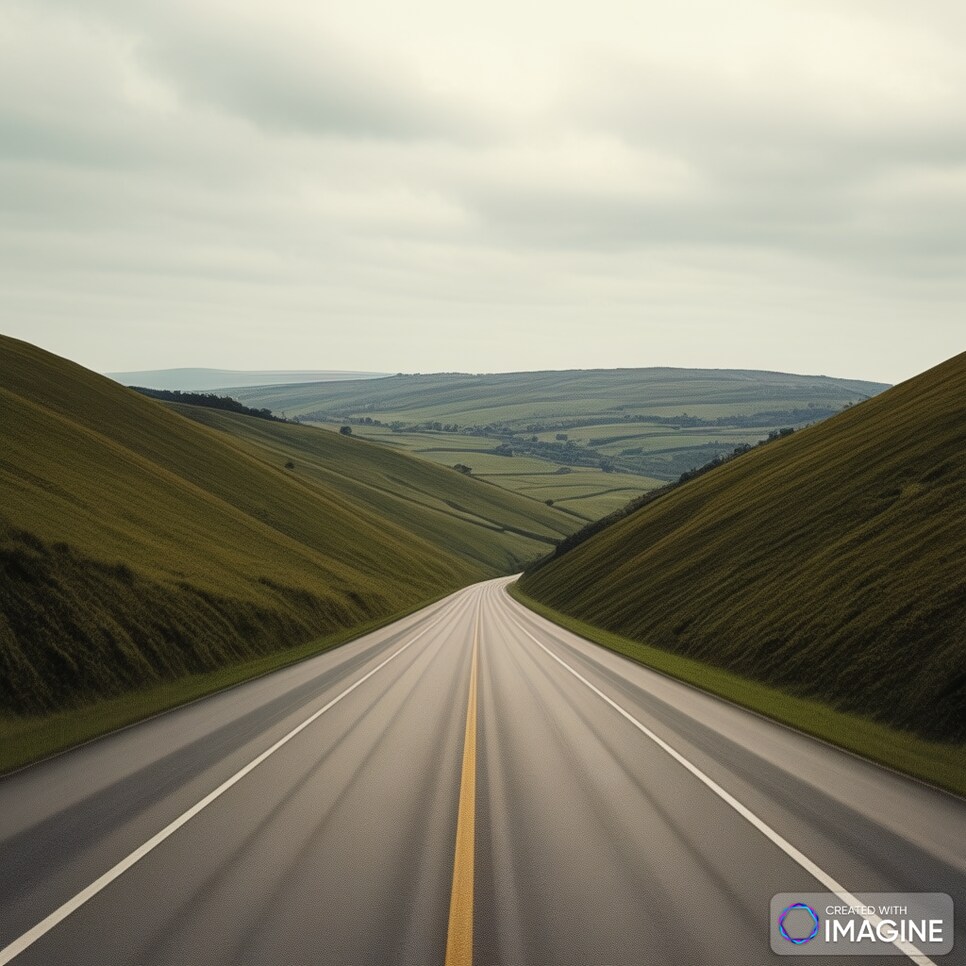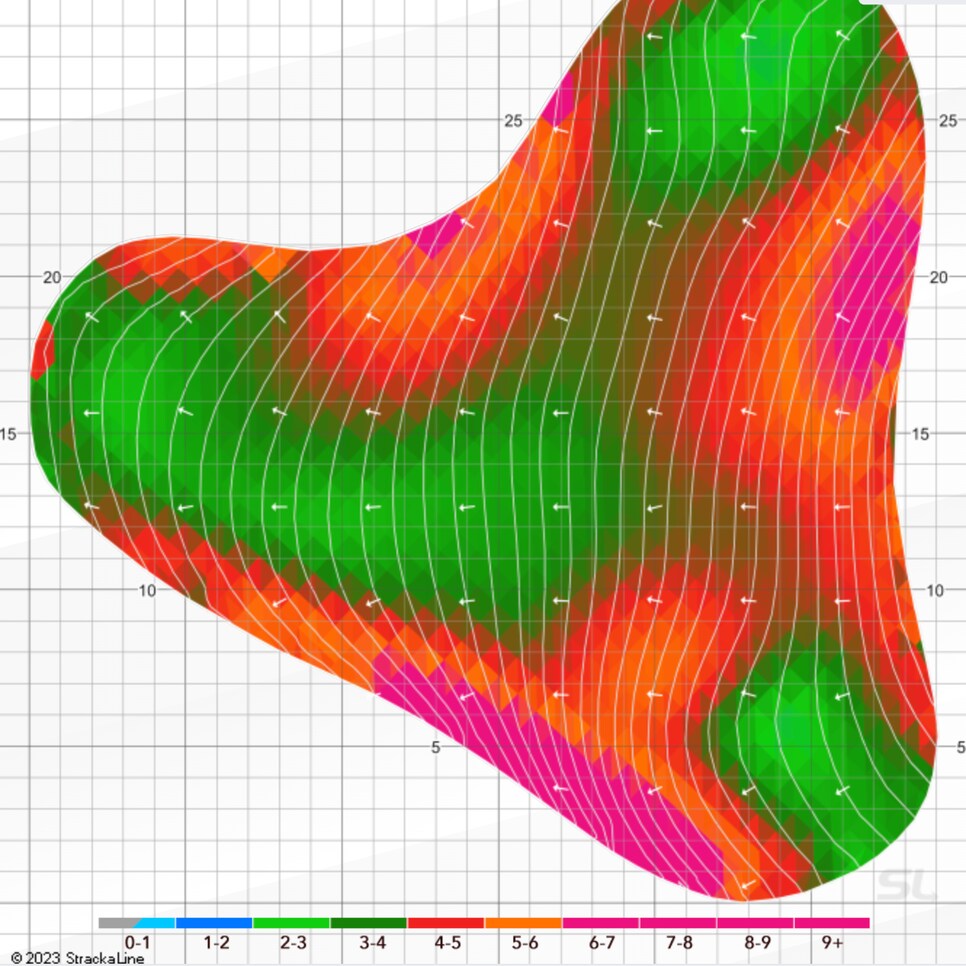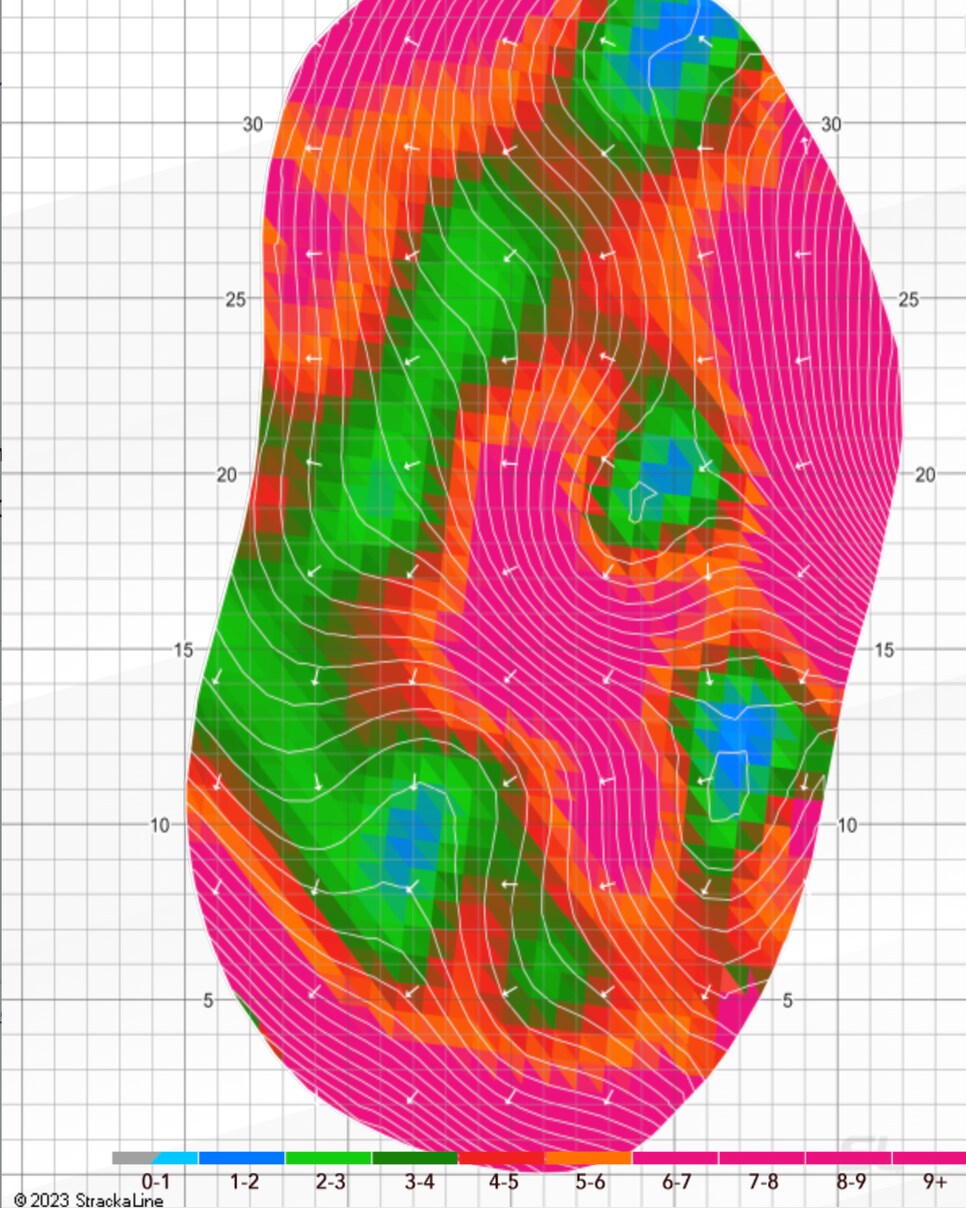Instruction
Masters 2024: Green-reading expert reveals the fascinating way Augusta National tricks players' eyes

David Cannon
AUGUSTA, Ga. — It’s an adage you’ve no doubt heard before: The slopes at Augusta National Golf Club are more severe than they appear on television. But for players, coaches and caddies on the ground, that reality creates quite the challenge when you realize that as you stroll this sloping oasis in person, it’s not that much easier to deciphering them.
Humans owe a lot to its power of inference. That is, ultimately, how our brains work. It’s a superpower, of sorts. Our brain takes little bits of information that we know to be true and fills the gaps in-between. It’s a quality that allowed us to perceive potential threats in the wild before they arrived. See some tracks in the wild? There must be predators nearby.
When it comes to slopes—and our ability to navigate up, down and around them—we judge their severity based on what surrounds them. On golf courses, the easiest way to do this is by looking at the houses around the holes.

(Golf Digest+ members get access to the complete Golf Digest archive dating back to 1950. Sign up here.)
As Ralph Bauer, PGA Tour putting coach to multiple players in the Masters field and co-founder of the popular Tour Read putting app, explains:
“Houses are cut into slopes so they appear level. And you can see how many stories they are,” he says. “Subconsciously, you can use that information to ground yourself on where level is.”
Of course, you won’t find many houses adoring Augusta National’s holes—not since famed Augusta National chairman Clifford Roberts ensured the demolition of a large, brick mansion perching over the first green in the late 1970s. So players have to enlist other objects for the task. The problem is, there aren’t many reliable ones.
A golfing solitude for patrons, which changes the way players perceive the nuances of its slopes.
“There’s no horizon. There are no houses. No hospitality tents. Not many grandstrands or leaderboards. Even the bridges you do have are curved,” he says. “You have no real frame of reference, and it creates optical illusions.”
Yes, there are lots of trees, yes, but the trees are set against a backdrop of hundreds of other trees, each tilting at different angles with a variety of heights and depths.
There are also lots of slopes, though. And therein lies the problem for players, who begin instinctively using the surrounding terrain to judge other slopes. That’s what creates the illusion.
A sloping green may look less sloping compared to the more severe hills surrounding it. Other times, two slopes surrounding a flat green may make the green look like it’s sloping in an entirely different direction, even though it remains flat.

The example below provides an illustration of what Bauer is talking about. The road itself is flat, but the converging downhill slopes on either side and beyond it make the road appear downhill. If this were a putt, you’d think it’s downhill, when it is, in fact, flat.

Pilots think about this often, too. A flat runway, when judged in relation to the uphill slope before it, can alter the way pilots approach it. This “spatial disorientation,” as it’s known, accounts for upwards of 20 percent of all airline landing accidents.
Of course, navigating Augusta National isn’t life-or-death, but understanding and accounting for it can be career-altering.
Bauer says this occurs in a number of places throughout Augusta National.
Take the third green (below), for instance, where players walk uphill to arrive as they approach. The green, however, drops off beyond, and can appear downhill when approaching. But that masks the reality that it acutally runs largely from right-to-left.

The 10th hole is one Bauer’s favorite example.
Players approach from a more than a 100-foot drop down off the tee, combined with drop offs left and long the green. The green slopes from back-right to front-left, but the surrounding slopes can make the green appear to slope more severely from back-to-front more than it actually does, Bauer explains (see diagram below). It’s a subtle influence that can prompt some big mistakes.
“If you’ve got a putt that goes from side-to-side, players will often over-read putts and miss on the high side,” Bauer says. “When they miss on that side, they may think it’s because their ball is being pulled towards Rae’s Creek, when actually when it's merely our eyes getting tricked by the slopes surrounding the greens.”

The 18th hole, whose green is cut into the corresponding hill players descended eight holes earlier, provides another example.
“The 18th is way uphill leading into the green, and if you go from the green to the clubhouse,” he says. “A slope that’s sandwiched between two strongly uphill grades will often appear flatter than it is.”

This results in the common mistake of players under-reading putts to the front-left Sunday pin, when their ball is pin high to the right of it. The putts that do ride the slope just right, are often the iconic ones that we remember.
Along with all this sporting deception comes the uniqueness which makes the Masters, well, the Masters. That includes a hard ban on green-reading books and other slope-measuring devices; limited pre-tournament-week practice rounds; no coaches allowed inside the ropes during practice rounds; and pins that are often placed on more severe slopes than the PGA Tour. Now you know why there’s such a premium on course experience and knowing what’s there, even if your eyes don’t quite believe. It’s a fact that underlies another often repeated adage: Not since 1979 and Fuzzy Zoeller has a Masters rookie has won a green jacket.
The knowledge of knowing what’s there, even if your eyes don’t quite believe.
The short version: 4 things you can learn
• Your eyes can trick you on hilly courses, which can make it hard to judge and commit to shots.
• When using your surroundings to read the slopes of the green, look for objects that you know are level (like houses) to ground your vision
• Other feel-based methods, like focusing on what you're feeling with your feet, can help too.
• Standing at the lowest point of the slope on the green has been shown to be a great way to see the slopes.
• • •